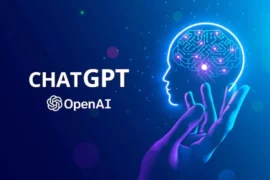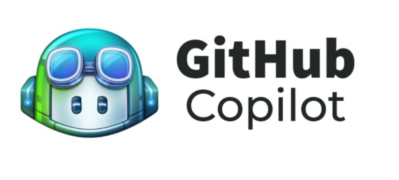7 Tips for Creating Effective ChatGPT Prompt Templates: Examples and Best Practices.

As more businesses and organizations turn to ChatGPT and chatbots to interact with their customers, it’s becoming increasingly important to create effective prompt templates that allow users to fill in information quickly and easily. In this article, we’ll provide some tips for creating ChatGPT prompt templates, along with examples that can be adapted to various scenarios.
Tip 1: Keep it Simple
The first step in creating an effective prompt template is to keep it simple. Use clear and concise language and avoid jargon or technical terms. Your goal is to make it easy for users to understand what information is needed and how to provide it.
For example, when asking for contact information, use a prompt like “Please provide your [Name], [Email], and [Phone Number] so we can get in touch with you.” This is clear and straightforward, and users can easily understand what information they need to provide.
Tip 2: Provide Clear Instructions
Along with keeping it simple, it’s important to provide clear instructions on what information is needed and how to provide it. For example, if you’re asking for a date, specify the format (e.g., MM/DD/YYYY). This can help reduce errors and make it easier for users to provide the information you need.
Tip 3: Use Placeholders
Using brackets or placeholders to indicate where information should be filled in can make it easier for users to understand what information is needed. For example, use [Name] or [Date] as placeholders for users to fill in.
Tip 4: Provide Examples
If possible, provide examples of how to fill in the template. This can help users understand what is expected of them and reduce errors. For example, when asking for a preferred mode of contact, provide options for email, phone, or text message.
Tip 5: Consider Multiple Scenarios
Anticipate different scenarios and provide options for users to choose from. For example, if you’re creating a template for booking a hotel room, provide prompts for check-in and check-out dates, number of guests, and room type. This can help make the process smoother for users and reduce the chances of errors.
Tip 6: Be Specific
Provide prompts that are specific to the user’s needs. For example, if you’re creating a template for an appointment booking, provide prompts for the preferred date and time for the appointment, as well as the service the user is interested in.
Tip 7: Test the Template
Before releasing the template, test it with a small group of users to identify any issues or areas for improvement. This can help ensure that the template is effective and easy to use for a wider audience.
Conclusion
By following these tips and examples, you can create effective ChatGPT prompt templates that can help streamline the user experience and improve customer satisfaction.







